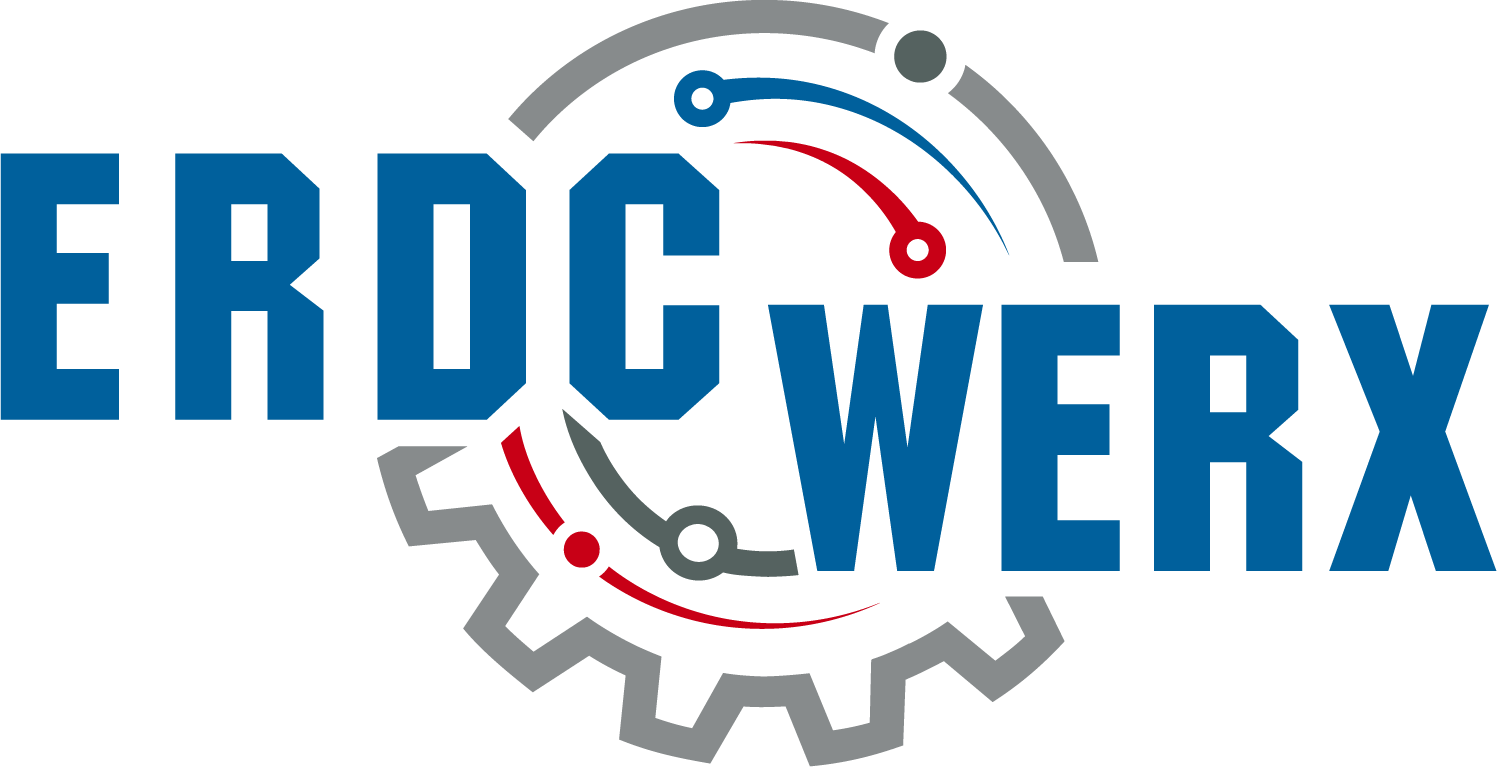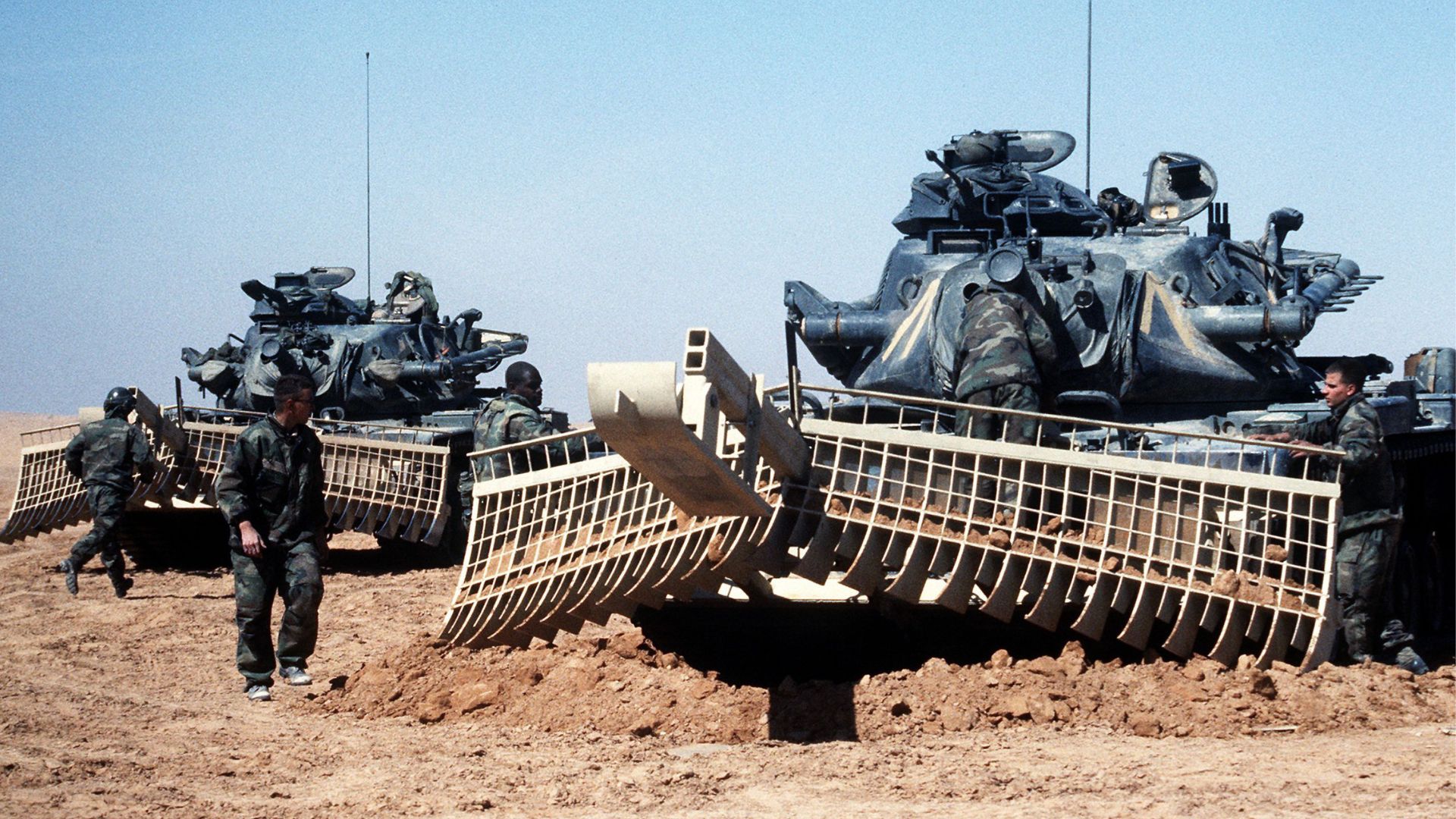Overview
ERDCWERX invites submissions regarding Lane Proofing Assets for the Bradley Fighting Vehicle (BFV) in support of a capability assessment by the U.S. Army Engineer Research and Development Center (ERDC).
Project Objective
The project objective is to conduct a performance-based demonstration of a Bradley Fighting Vehicle lane proofing concept.
The U.S. Army utilizes tracked combat vehicles with front blade attachments for clearing safe pathways through minefields for troops and other military vehicles. The Assault Breacher Vehicle (ABV), a 70-ton tracked vehicle based on the M1 Abrams chassis, has been used extensively by the U.S. military for clearing minefields in recent operations. The Army is interested in expanding lane proofing capabilities to other vehicles like the Bradley Fighting Vehicle, a much smaller and lighter weight vehicle than the ABV. Expanding these capabilities to other vehicles like the Bradley will help reduce time on clearing lanes and provide redundancy to the Army’s fleet of lane proofing vehicles.
This requirement and resulting prototype will support research efforts that lead to the development of requirements for a Bradley Fighting Vehicle lane proofing concept.
The Other Transaction Authority (OTA) offers non-traditional and traditional defense contractors the opportunity to rapidly produce a prototype for military needs. ERDC anticipates that companies providing equipment for mine clearing solutions will be most agile in supporting demonstration of this lane proofing concept to meet military engineering requirements.
Background
Army engineer units provide lane proofing equipment to verify obstacle breach lanes are free of mines or other obstacles. Different types of equipment, such as mine rollers or mine clearing blades, are used to clear obstacle breach lanes to an adequate width and trafficability suitable for assault forces. Some mines are resistant to certain breaching techniques which makes the proofing of a cleared lane essential prior to full scale use. Lane proofing can be time consuming with the limited assets currently available to engineer units. Future combat operations will require rapid clearance and proofing of lanes for successful breaching operations. Expanding mine clearing blades to other vehicles within the fleet is one way to rapidly increase capability for lane proofing operations.
ERDC invites white papers that propose prototype solutions to address the following requirements.
Requirements
The overall objective of this prototype project is to design, build, and demonstrate a mine clearing blade that can be attached to the front of a Bradley Fighting Vehicle.
The proposed solution must meet the following objectives:
- Designed to attach to the front of a Bradley Fighting Vehicle
- Designed to plow soil lanes the width of the vehicle
- Designed to plow soils at different depths down to 10 inches below ground surface
Submissions should NOT include confidential or proprietary details. Submissions may be shared with other ERDC teams if an apparent fit exists with other ERDC projects.
Notice: IAW 10 U.S.C. 4022(f), a follow-on, noncompetitive, Production OT may be awarded following the successful completion of a Prototype OT.
Expected Result
Participants will be selected and awarded an OT prototype agreement for cost share participation in a performance-based demonstration led by ERDC. The government’s cost share includes both cash and in-kind contributions. This agreement will formalize the government’s relationship by granting the participants access to a government furnished Bradley Fighting Vehicle to integrate prototype and access to the government instrumented experiment site for evaluation of the furnished prototype. Multiple awards are possible from this RFWP. Award(s) are anticipated to occur in June/July FY23. For details regarding award information, view complete solicitation.
Evaluation Criteria
White papers will be evaluated based on an integrated assessment of the following:
- The degree to which the solution meets the requirements of the desired objectives and/or technical requirements of the prototype request.
- The evaluation of delivery of the prototype to ensure equipment is ready for the demonstration event on or about July/August 2023. Currently available solutions are preferred. However, other solutions will be considered if manufacturing capabilities allow for rapid development of the prototype that can meet project schedule.
- The evaluation of the potential impacts of the data rights assertions.
- The evaluation of whether the white paper sufficiently demonstrates 1) significant participation by NTDCs or significant participation by non-profit research institutions, 2) all significant participants in the transaction other than the Federal Government are small businesses in the SBIR or STTR programs or NTDCs, or 3) at least one-third of the total cost of the prototype project is to be paid out of funds provided by parties other than the Federal Government.
- The evaluation of cost share and whether it is commensurate with the identified solution.
- Government cost share availability.
Submissions will be evaluated by ERDC project team members. Submissions must be formatted as prescribed in the solicitation document.
Project Schedule
Project milestones include:
April 14, 2023 Project Announced, Submissions Open
April 21, 2023 Question Period Ends, FAQ Document Finalized
April 27, 2023 Submissions Close
May 1-5, 2023 Evaluation Period
May 8-10, 2023 Virtual Pitch (if needed)
June 16, 2023 Agreement Awarded
June 30, 2023 Awardee Work Begins
September 23, 2023 Awardee Work Ends
*Dates may vary to accommodate project team and participant availability.
How to Participate
1. Review the complete solicitation
2. Once white paper is ready to submit, complete the submission form
Questions: Please send all technical and administrative questions using this form. Q&A will be updated periodically. It is the responsibility of the offeror to review Q&A prior to submitting a white paper.


